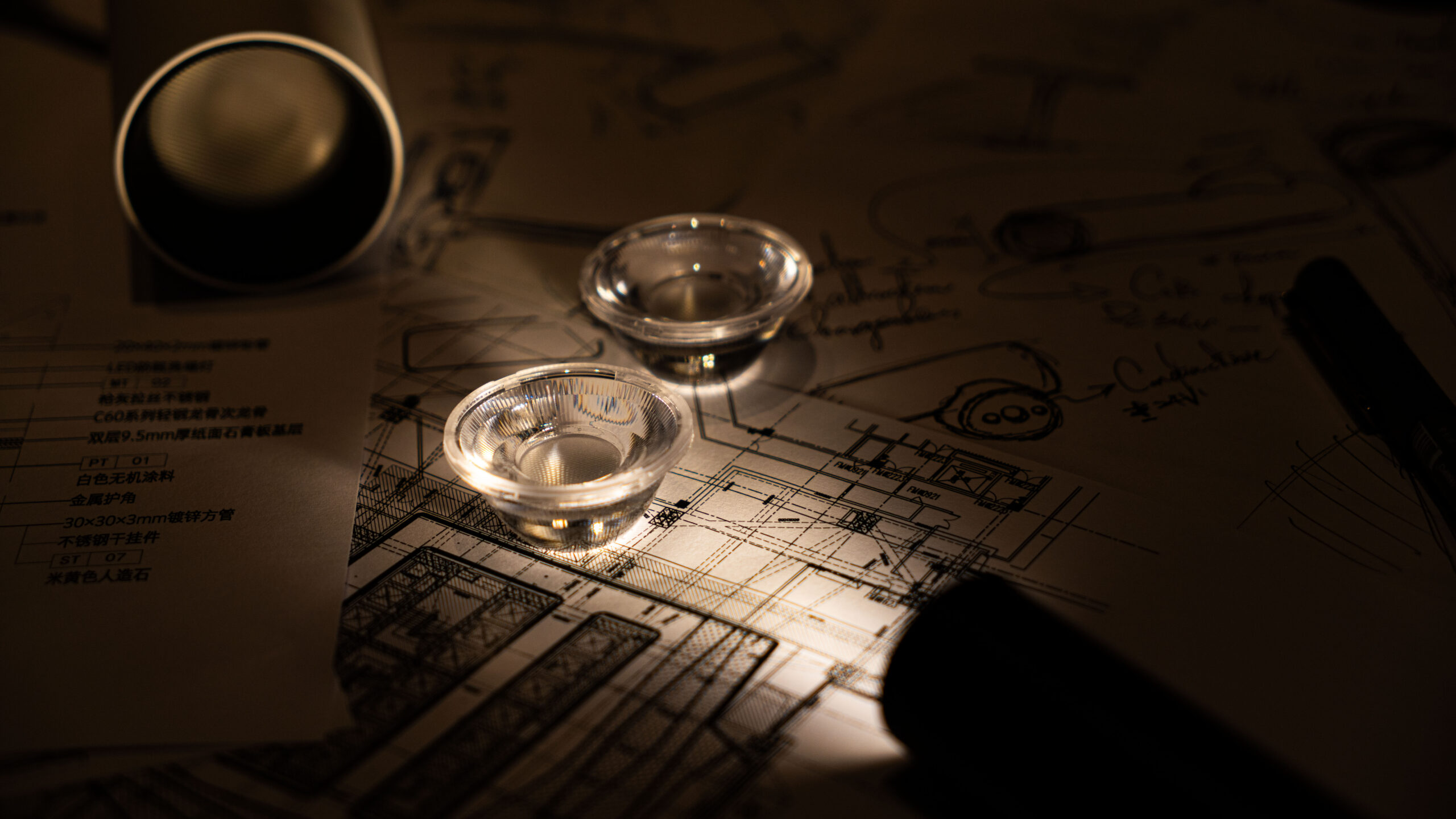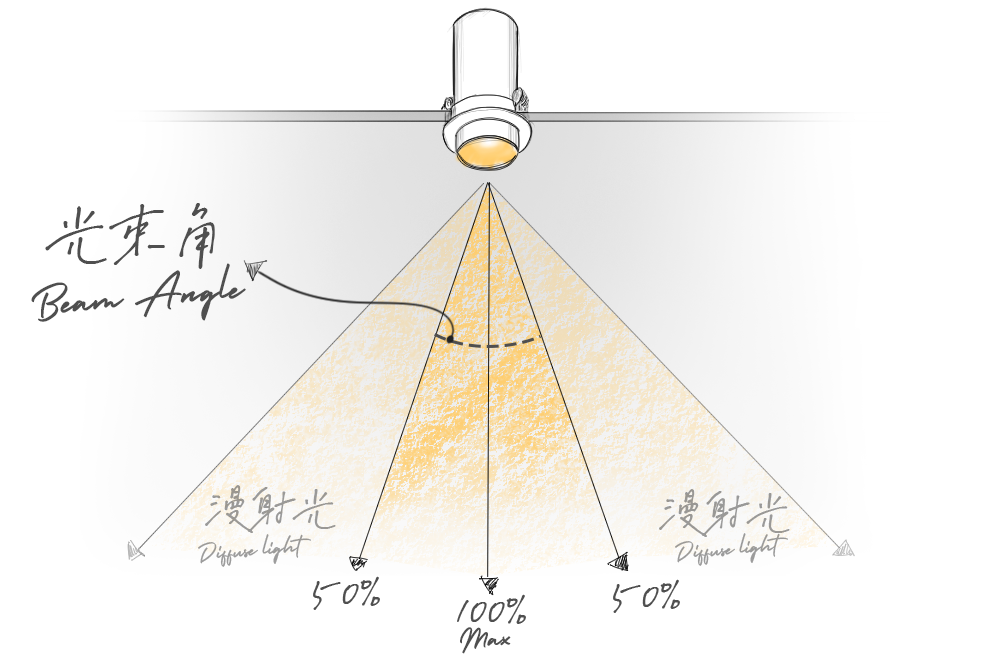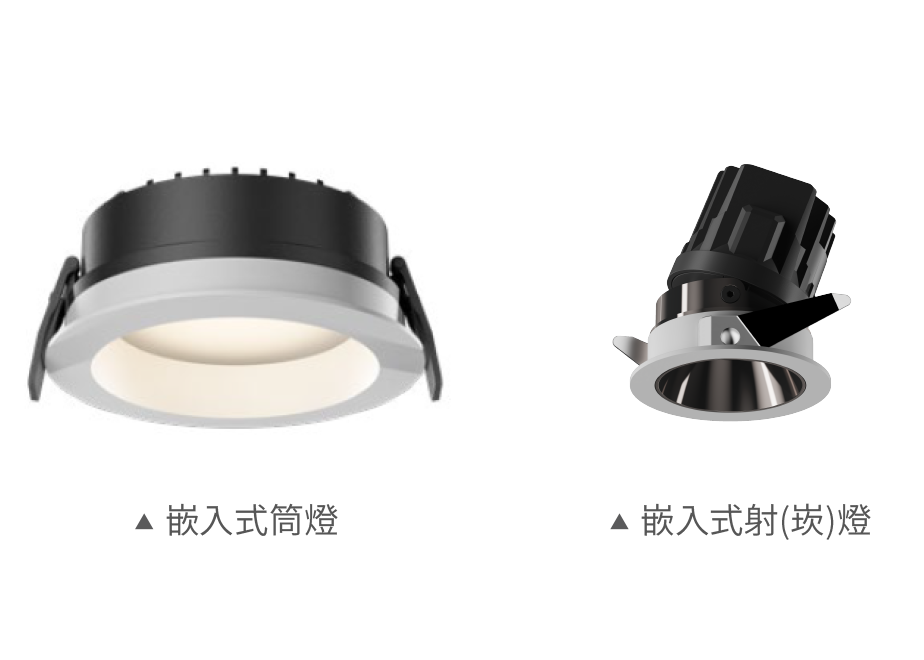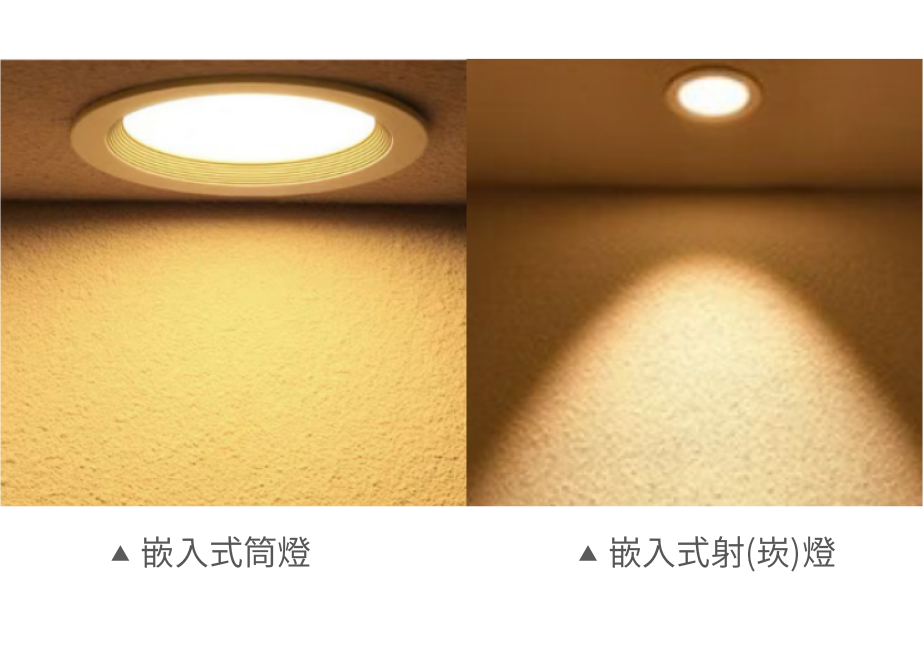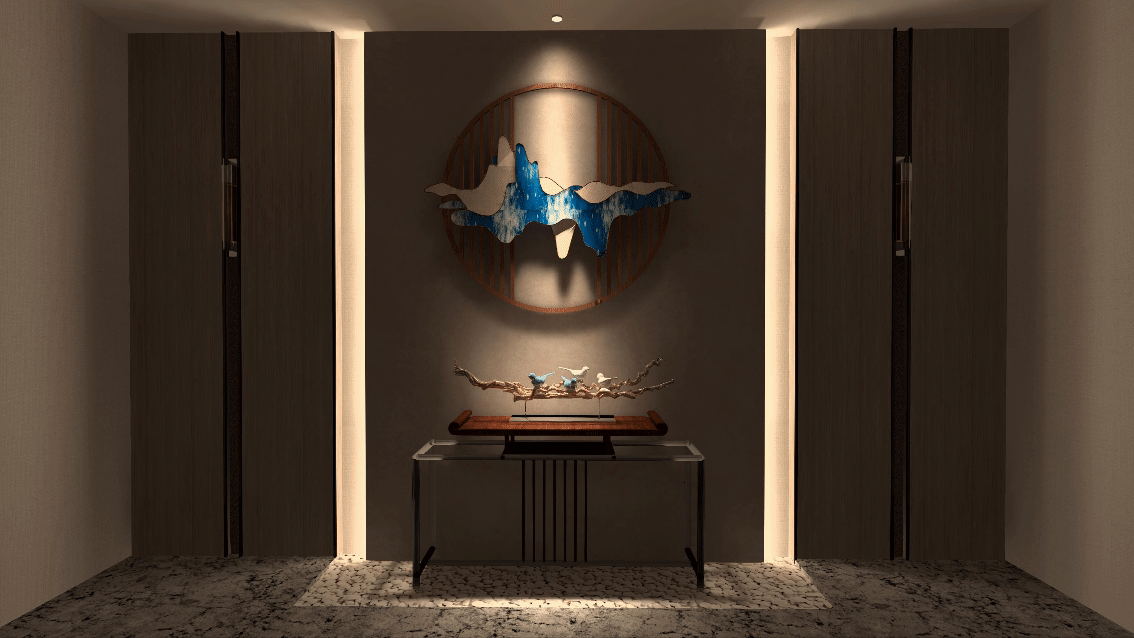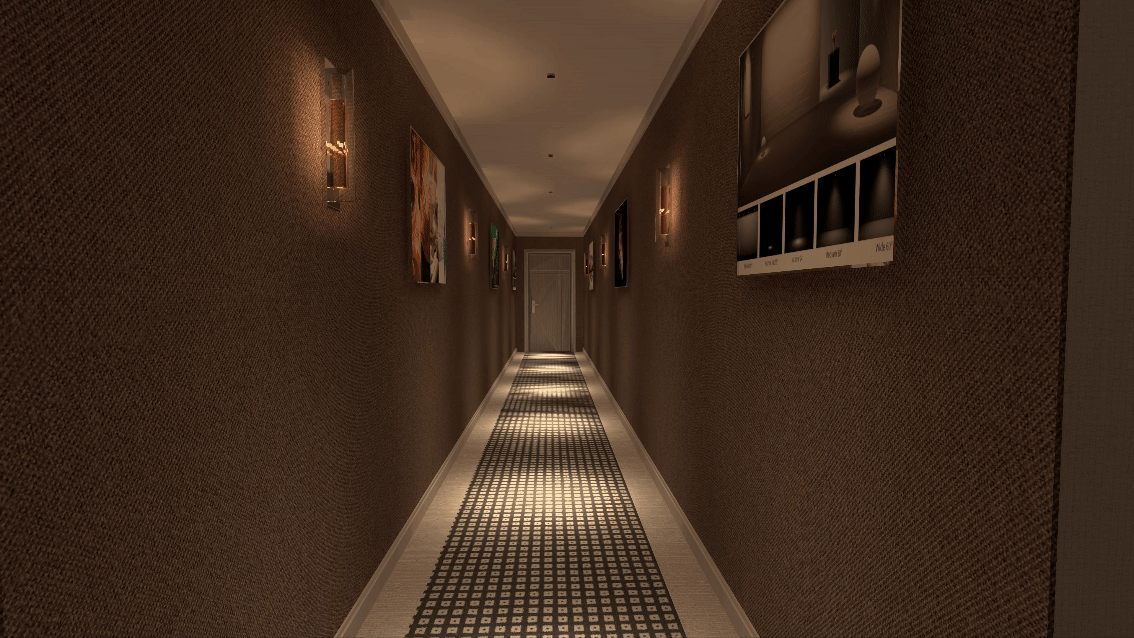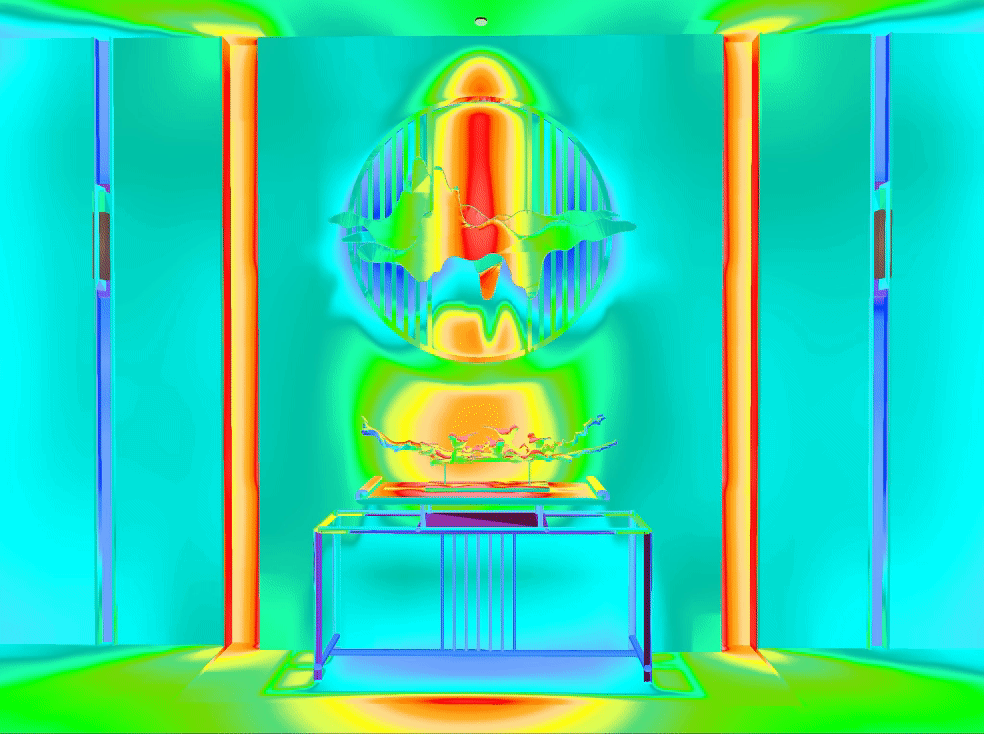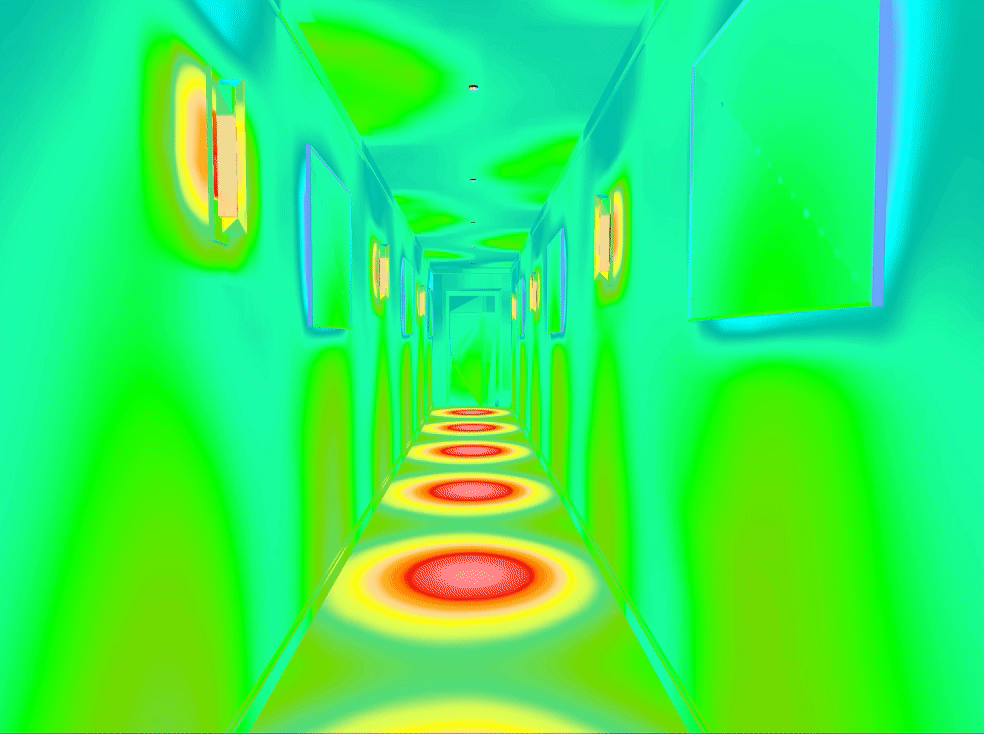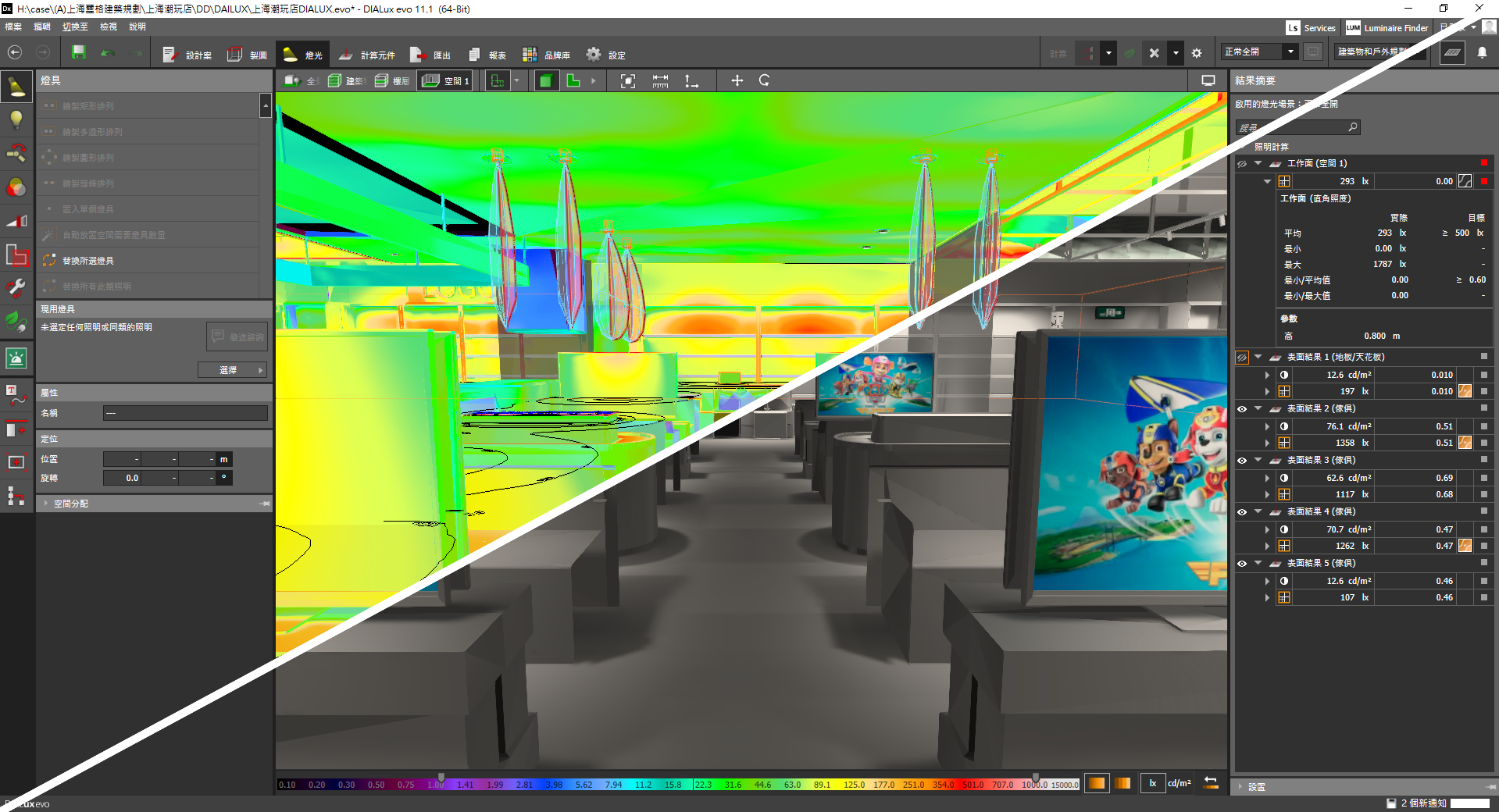What’s Beam angle?
什麼是光學角度?
基本上筒射燈追求的效果是「主次分明」,想要達到這效果,
除了使用氛圍照明的燈條做輔助,再來就是射燈的瓦數與角度的控制。
燈具的角度指的是照明設備所發出光線的方向或位置,這對於營造特定的照明效果至關重要。在燈光設計中,我們通常希望燈具能夠突出空間的特色和美感。
因此,在選擇燈具時,我們不僅要考慮燈具本身的亮度和色溫,還要注意其角度設計。
Spotlighting primarily aims for a clear distinction between primary and secondary elements. To achieve this effect, besides using ambient lighting strips for assistance, controlling the spotlight’s wattage and angle is crucial.
The angle of the luminaire refers to the direction or position of the light emitted by the lighting device, which is crucial for creating specific lighting effects. In lighting design, we typically aim for luminaires to highlight the characteristics and aesthetics of a space.
Therefore, when selecting luminaires, we not only consider their brightness and color temperature but also pay attention to their angle design.
「光束角」,即光強度的兩個方向之間的夾角,表達在被照牆面上就是光斑大小和光強。 通常指燈具1/10最大光強度之間的夾角。
通常光源的正下方是最亮的,對應發光強度的最強的光束主軸,
由光束主軸兩側發光強度50%為界限所構成的夾角,即成為光束角。
CIE 國際照明委員會和中國國標 GB 的定義:
在光束軸線所在平面上,經過燈正面的中心點為軸線,峰值中心光強 50% 的區域夾角,英文名 : Beam Angle,單位:°(度)。
北美國際照明學會 IES 的定義:
峰值中心光強 10% 的區域夾角,英文名: Filed Angle。
大部分國家通常使用CIE 國際照明委員會的標準作為照明參考。
光束角常用來衡量角度比較窄的反射型光源、射燈和筒燈的光強度分佈。
同一個光源:
【光束角越大】中心光強越小,出來的光點越柔和。
【光束角越小】中心光斑越強,出來的光點越生硬。
一般來說,筒射燈的光束角範圍在10°~60°範圍內,常見的有10°,15°,24°,36°等。 吸頂燈的光束角約90°~120°。
The term “beam angle” refers to the angle between two directions of light intensity, indicating the size of the light spot and its intensity on the illuminated surface.
It typically represents the angle where the light intensity is at 1/10 of the maximum intensity of the luminaire. Generally, the area directly beneath the light source is the brightest, corresponding to the axis of the strongest light intensity. The angle formed by the boundary where the light intensity is 50% on either side of the beam axis is known as the beam angle.
Defined by the International Commission on Illumination (CIE) and the Chinese National Standard (GB), the beam angle is measured in degrees (°) on the plane where the beam axis is located, with the center point of the luminaire’s front serving as the axis. It represents the angle formed by the area where the peak center light intensity is 50%.
According to the Illuminating Engineering Society of North America (IES), the angle formed by the area where the peak center light intensity is 10% is referred to as the Field Angle.
In most countries, the CIE standard is commonly used as a lighting reference.
The beam angle is often employed to measure the intensity distribution of reflector lamps, spotlights, and cylinder lamps with narrower angles.
“For the same light source and fixture:
• A larger beam angle results in a smaller central light intensity and produces a softer light spot.
• A smaller beam angle leads to a stronger central light spot and produces a sharper light spot.
Generally, the beam angle of spotlights ranges from 10° to 60°, with common options including 10°, 15°, 24°, and 36°. The beam angle of ceiling lights is typically around 90° ~ 140°.
The application of angles
角度的運用
在實際運用中,不同的光束角有不同的應用。
• 10-20°的窄光束角
如果想要有物件有重點突出的光效,那窄光束角是第一選擇,
因為中心光強突出,光的穿透力高,被照物呈現明顯的光影對比,光斑範圍相對比較小,是營造重點照明的手法之一。
• 20-30°的中光束角
中光束角是一般室內空間最常見的角度選擇,中心光強以及漫射光恰到好處,滿足空間照明的同時也有一定的中心光強。一般常見角度是24度。
• 30-40°的寬光束角
寬光束角常見的是36度或是38度,較大的光斑可以讓地面空間更敞亮,中心光斑較柔和,照射直徑較大,適合使用於較需要均勻照明的空間。
• 50-60°的超大光束角
燈具到達地面的光線會更加擴散,地面的光斑範圍內幾乎沒有明暗層次,適合使用於在不考慮使用泛光燈具的情況下,但需要較多實做操作的空間。如工作間,儲藏間等等。
窄光束容易產生高的重點照明係數,以其強烈的明暗對比給人極強的視覺衝擊力,能夠在第一時間抓住人們的目光,但是使用窄角度的射燈如果沒有掌控好樓高與被照物的體積的關係,很容易讓被照物的照射光斑過大或是過小,導致曝光或是沒有主體效果,進而影響呈現的氛圍。
寬光束或是超大光束,可以給地面空間形成均勻的照明,燈的間距以及數量就可以稍做減少,不過在空間氛圍的營造上就會弱的很多。
而因為光線較於寬闊,意味著有更大範圍的區域會屬於漫射光內,離開了遮光角進入漫射光內部的話,就很有可能會產生眩光的不適感。
In practical applications, different beam angles have different uses.
• 10-20° Narrow Beam Angle:
If you want to highlight an object with prominent lighting effects, a narrow beam angle is the first choice. With prominent center light intensity and high light penetration, it presents clear light and shadow contrast on the illuminated object. The light spot is relatively small, making it a technique for creating focused lighting.
• 20-30° Medium Beam Angle:
A medium beam angle is the most common choice for indoor spaces. With moderate center light intensity and diffuse light, it meets the lighting needs of the space while maintaining a certain level of center light intensity. The most common angle is 24 degrees.
• 30-40° Wide Beam Angle:
A wide beam angle, typically 36 or 38 degrees, provides a larger light spot that makes the floor space brighter. The center light spot is softer, with a larger illuminated diameter, suitable for spaces that require uniform illumination.
• 50-60° Extra Wide Beam Angle:
The light from the fixture reaches the ground with more diffusion, resulting in almost no light and shadow within the light spot range on the ground.
It is suitable for spaces where panel lights are not considered but practical operations are needed, such as workspaces, storage rooms, etc.
Narrow beam angles tend to produce a high point illuminance coefficient, providing strong visual impact with intense light and shadow contrast, capturing people’s attention immediately.
However, if the relationship between floor height and the volume of the illuminated object is not well controlled when using narrow-angle spotlights, it can easily result in too large or too small illuminated spots, leading to overexposure or lack of subject effect, thereby affecting the atmosphere.
Wide or extra-wide beam angles can provide uniform illumination for floor spaces, allowing for slightly reduced fixture spacing and quantity. However, they may weaken the creation of space ambiance. Additionally, because the light is more diffuse, there is a larger area that falls within the diffused light, and entering this area outside the cutoff angle may cause discomfort due to glare.
15° / 24° / 36° / 50° 光斑分布 (空間高度2800mm)
15° / 24° / 36° / 50° spot distribution (Floor height : 2800mm)
Beam angle and lumen
角度與亮度
透過上方的偽色圖,可以看到15度以及24度的中心光強所產生的lx較高,而36度與50度所產生的lx較為均勻,可以解釋角度與亮度感受是有一定的關聯的。
在相同的瓦數以及流明的前提下:
「角度越小,光的穿透力越強,反之角度越大,光的穿透力越小」
我們利用水槍來舉例一個簡單的例子,一般水槍的噴嘴都是可以調節的,有噴霧形式以及水柱的形式,而在相同的水壓下:
•噴霧形式出來的範圍較廣但是沒穿透性,能潑濺的距離不遠,但是在能潑濺到的位置,水是柔和且寬闊的。
•水柱形式出來的潑濺範圍較小,但是穿透力高,水可以傳達到較遠的距離,但是只能給予局部區域供水。
從這個舉例可以理解,燈光亦是如此,相同的瓦數與流明的情況下:
•角度越小,照射的範圍越小,較能聚焦一個局部範圍,對於較高的層高也可以通過選擇適合的瓦數流明,讓光可以順利達到地面。
相反的,在一般層高內要達到均勻空間照明的話,燈具點位以及間距會佈置較多。
•角度越大,照射的範圍越大,無法聚焦在一個重點範圍,對於較高的層高,光是無法抵達到面讓空間產生照度的,但是在適合層高下,要達到空間均勻照度的話,燈的數量可以見少且間距可以較遠。
Through the pseudo-color chart above, it can be observed that the central light intensity at 15 and 24 degrees is higher, while at 36 and 50 degrees, the light intensity is more uniform. This indicates a certain correlation between angle and brightness perception.
Under the premise of the same wattage and luminous flux:
“Smaller angles result in stronger light penetration; conversely, larger angles result in weaker light penetration.”
We can illustrate this principle using a water gun as an example. A typical water gun nozzle can be adjusted to produce either a spray or a jet. Under the same water pressure:
•The spray form of the water gun has a wider range but lacks penetration. The splashing distance is limited. However, at the splashing position, the water distribution is soft and wide.
•The jet form of the water gun has a narrower range but higher penetration. Water can be conveyed to a greater distance, but it only provides water to a specific area.
Through this analogy, we can understand the behavior of light.
Under the same wattage and luminous flux:
•Smaller angles result in a narrower illumination range, focusing more on a specific area. For higher ceilings, appropriate wattage and luminous flux selection can ensure that light reaches the ground smoothly. Conversely, in typical ceiling heights, achieving uniform spatial illumination requires more light fixtures and spacing.
•Larger angles result in a wider illumination range that cannot be focused on a specific area. For higher ceilings, light cannot reach the ground, thus failing to achieve spatial illumination. However, at appropriate ceiling heights, achieving uniform spatial illumination requires fewer light fixtures and wider spacing.
In conclusion
總結
在燈光設計中,角度的把控十分重要,良好的角度選擇不只可以讓空間更有層次感,亦可滿足空間上使用者操作的需求照明。
照明角度的選擇不僅僅是技術性的考量,更是一種藝術的表現。通過精心設計的角度配置,我們可以塑造出獨特的空間氛圍,營造出舒適、溫馨或者時尚、現代的感覺。在實際應用中,角度的選擇涉及到光線的投射、反射和折射等物理原理,需要考慮到空間的大小、形狀、色彩以及功能需求等因素。因此,我們致力於提供最專業、最全面的角度配置方案,以滿足客戶在各種場景下的照明需求。
我們公司了解燈具角度的重要性,提供專業的角度配置服務,滿足客戶不同場景的需求。我們的團隊擁有豐富的經驗和專業知識。透過與客戶的緊密合作,我們能夠深入了解客戶的需求和空間特點,並提供量身定制的角度配置方案,以確保每一個細節都能完美呈現。
無論是窄光束角還是寬光束角,我們都可以根據空間的特點和用途,精準選擇合適的角度,為客戶打造出理想的照明方案。
In lighting design, the control of angles is crucial. Optimal angle selection not only adds depth to a space but also fulfills the lighting needs of users’ operations within the space.
The choice of lighting angles is not merely a technical consideration but also an artistic expression. Through carefully designed angle configurations, we can shape unique spatial atmospheres, creating feelings of comfort, warmth, or style and modernity. In practical applications, angle selection involves the principles of light projection, reflection, and refraction, taking into account factors such as the size, shape, color, and functional requirements of the space. Therefore, we are committed to providing the most professional and comprehensive angle configuration solutions to meet our customers’ lighting needs in various scenarios.
Our company recognizes the importance of lighting angle configuration and offers professional angle configuration services to meet the diverse needs of our customers in different settings. Our team possesses extensive experience and expertise. Through close collaboration with our customers, we can gain a deep understanding of their requirements and spatial characteristics, providing tailored angle configuration solutions to ensure that every detail is perfectly presented.
Whether it’s a narrow beam angle or a wide beam angle, we can precisely select the appropriate angle based on the characteristics and usage of the space, creating the ideal lighting solution for our customers.
顯色指數 Color Rendering Index
What is the CRI?什麼是 CRI? The opera…
IES燈光文件 IES Files
What’s IES files? 什麼是IES files? Wh…

